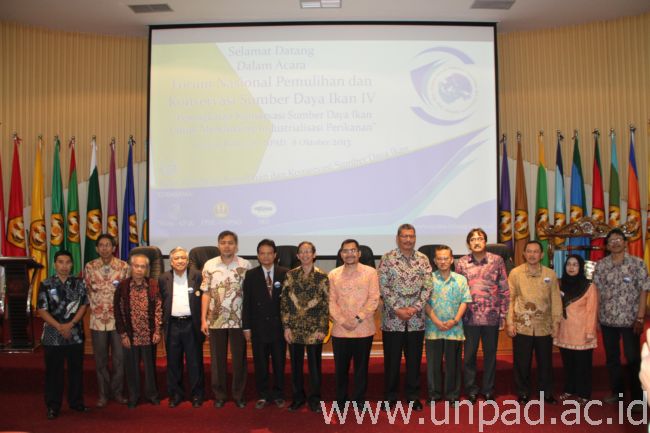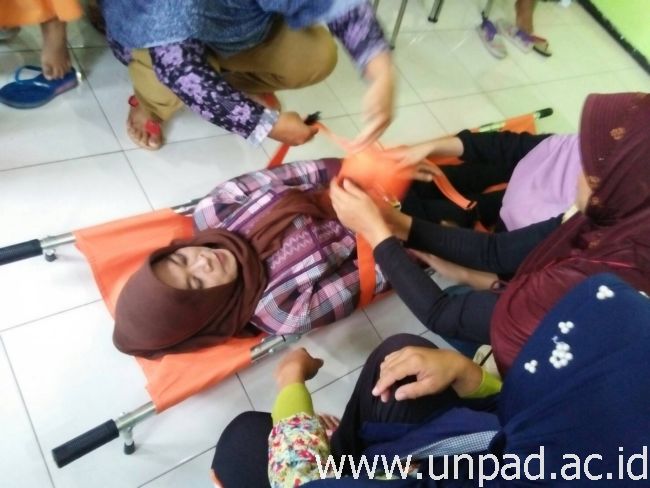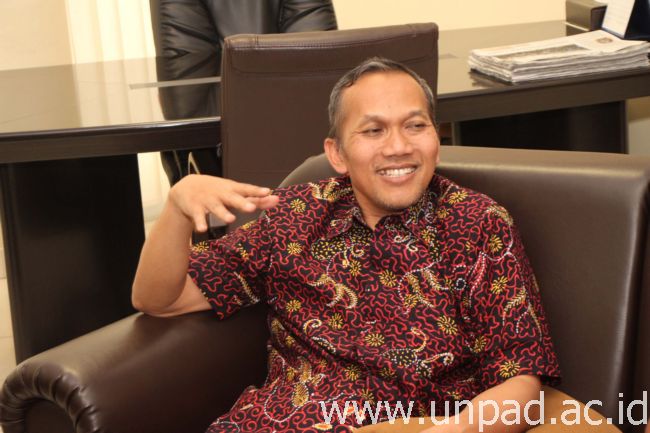[Unpad.ac.id, 8/10/2013] Industrialization of fisheries often result in polemics because it is rather difficult to be posed equally. This challenges researchers to be able to balance conservation of fisheries and their industrialization.

The head of Indonesian agency for marine and fisheries research and development, Dr. Achmad Poernomo, suggested that university researchers be able to stand among the industrial sector, conservation, and community welfare.
“Researchers should be able to make scientific recommendations and formulate policies for industrialization and fisheries conservation can go hand in hand,” said Dr. Poernomo when opening the 4th Forum for National Recovery and conservation of the Fish Resources on Tuesday (8/10) at Bale Sawala, Jatinangor.
According to him, currently fisheries sector is increasingly endangered due to industrialization. Of the 600 species of marine and fresh water fish, it is recorded that approximately 52 percent have been completely exploited, while 24 percent are being under exploitation. Nevertheless, the sector still has the potential to be developed.
The number has not been balanced with the conservation efforts. The University of California has predicted that in the year of 2048 fishery will possibly collapse, ” he said. If it collapses, fisheries sector can no longer be a source of food. Fish-based food sector will also be endangered. This has been a special concern in several countries, including Indonesia.
What about the condition of the fishery in the country itself? Dr. Achmad expressed in most of all region of Indonesia, fisheries industry is already on the harmful level. Many rare and endemics species are endangered . This is due to the management of the fishing industry in Indonesia that has not been aligned with conservation efforts.
The Government, through the Ministry of Marine and Fisheries, together with other stakeholders are already working to prevent extinction. One of the primary performance indicators carried out is a fisheries conservation land management, which reached 3.6 million hectares this year with a target of 15.6 million acres.
The government Regulation No. 60 in 2007 regarding the conservation of fish resources also became a motivation to develop fisheries conservation in Indonesia. The regulation mentions that conservation is carried out in the effort to protect the sustainability of the fish resources, as well as to improve the quality of the value and diversity of fish resources in Indonesia.
“The point is, the implementation of fisheries conservation must also be socio-culturally accepted. That is, there must be a socio-cultural agreement with the community around the conservation area,” added Dr. Achmad.
The event themed “Fish Resources Conservation Enhancement to Support Fisheries Industry” was initiated by the Ministry of Maritime and Fishery Affairs and Unpad Faculty of Fisheries and Marine Sciences (FPIK). It was a great chance for researchers in the field of fisheries and the marine science to gather and get engaged in discussion. As many as 119 paper presenters attended the event, as well as 200 other participants from 15 universities, and institutions of fisheries in Indonesia. *


